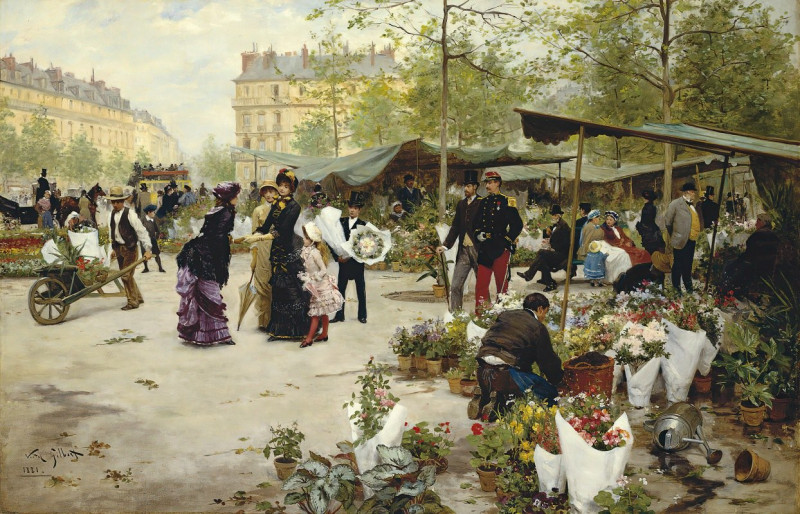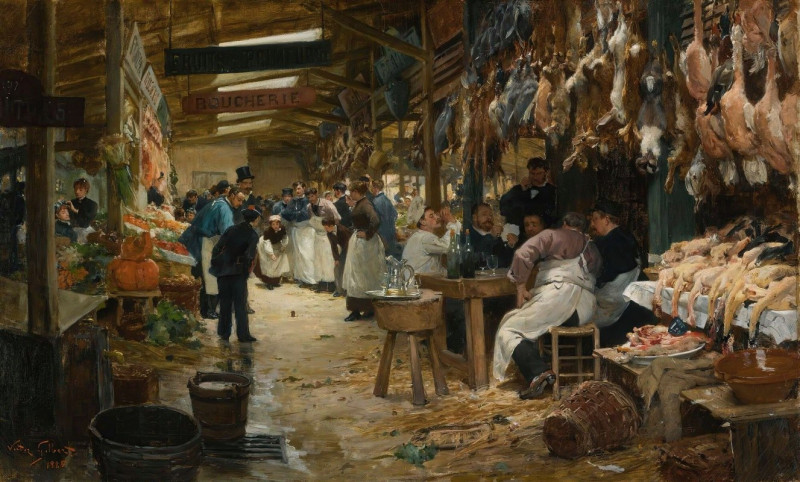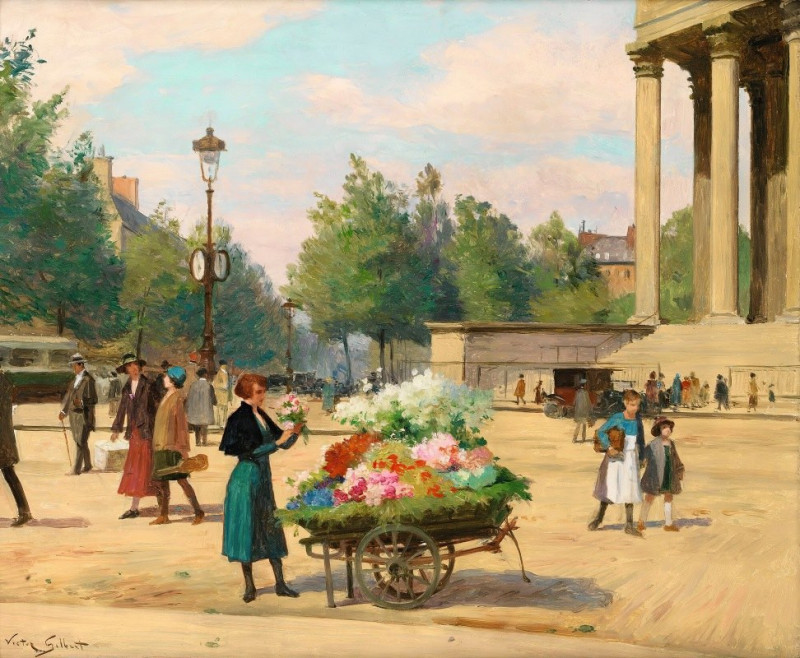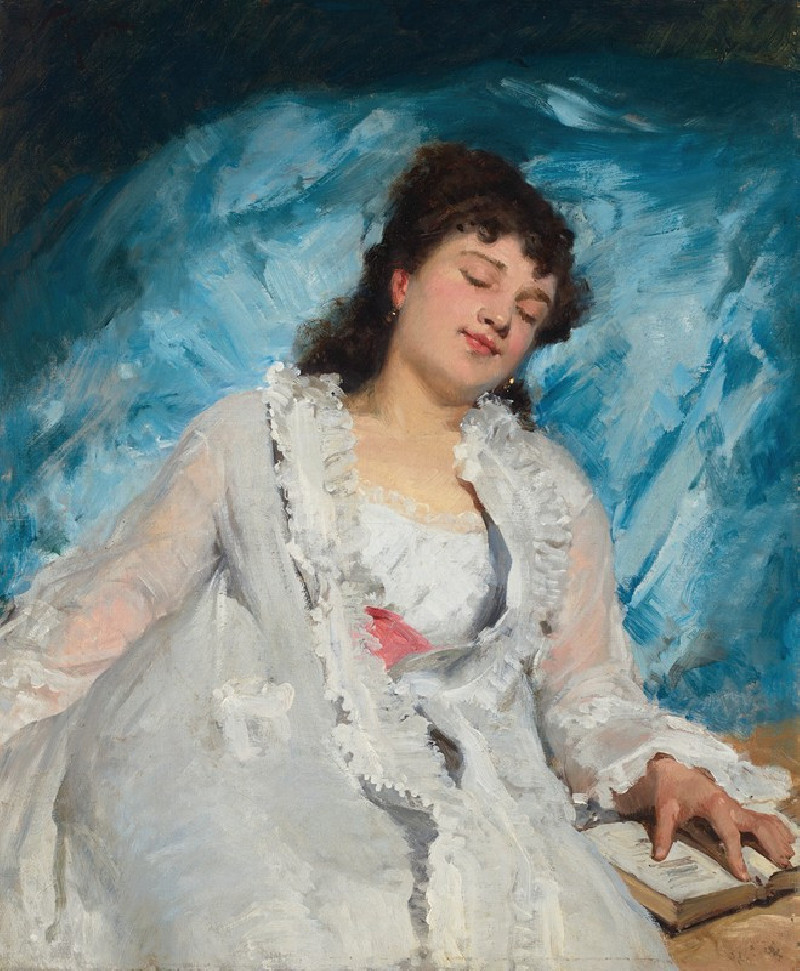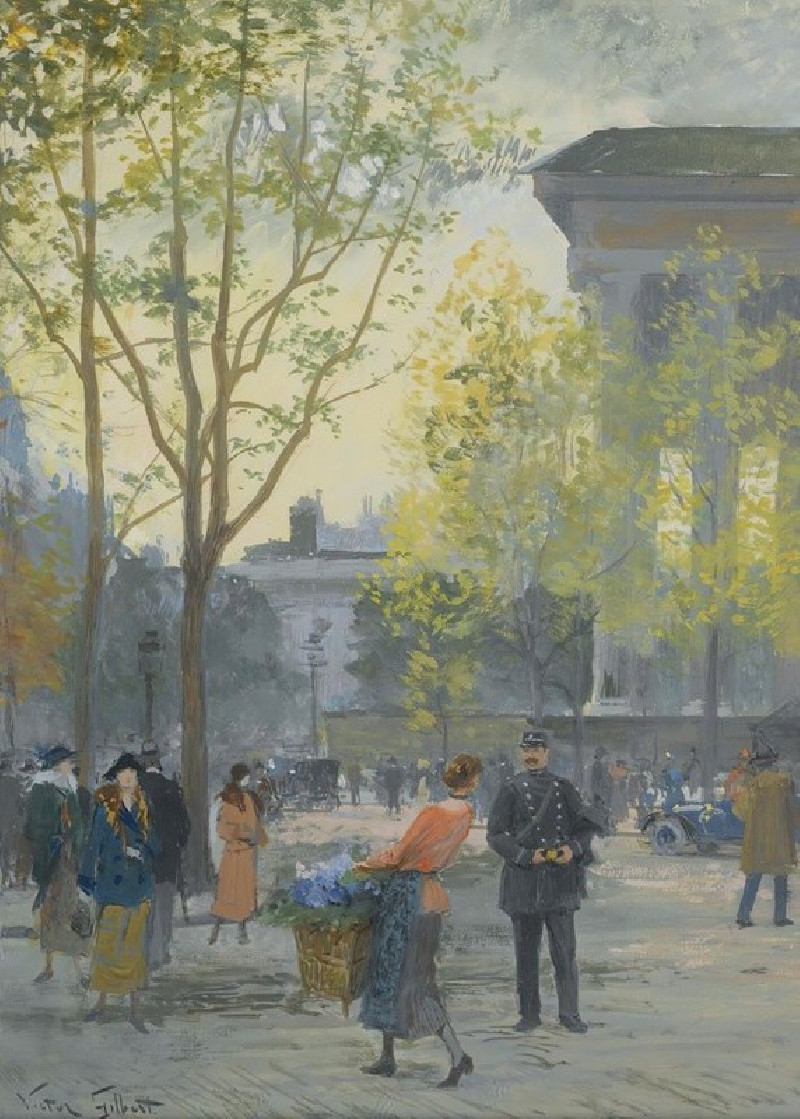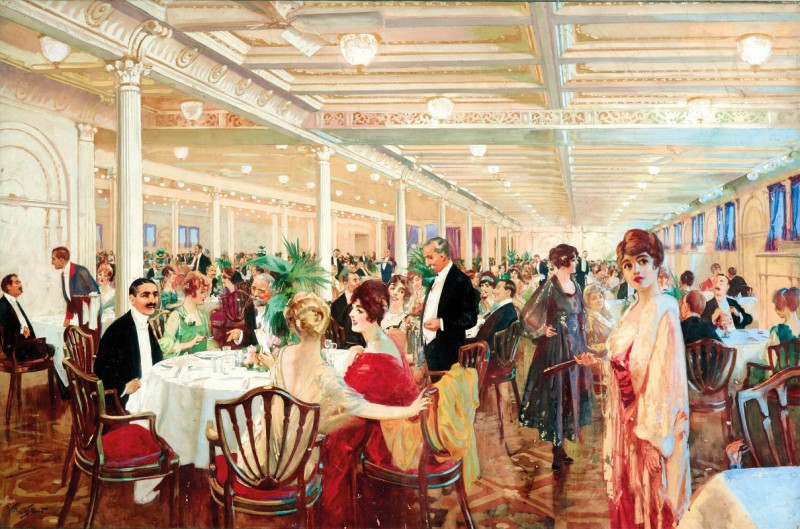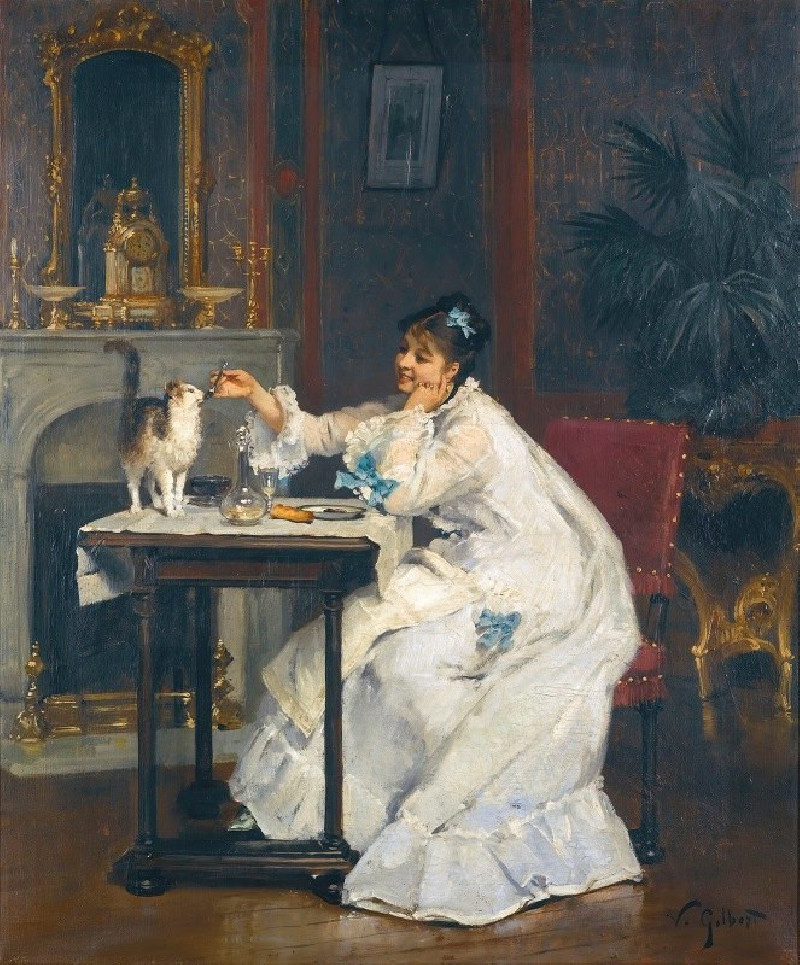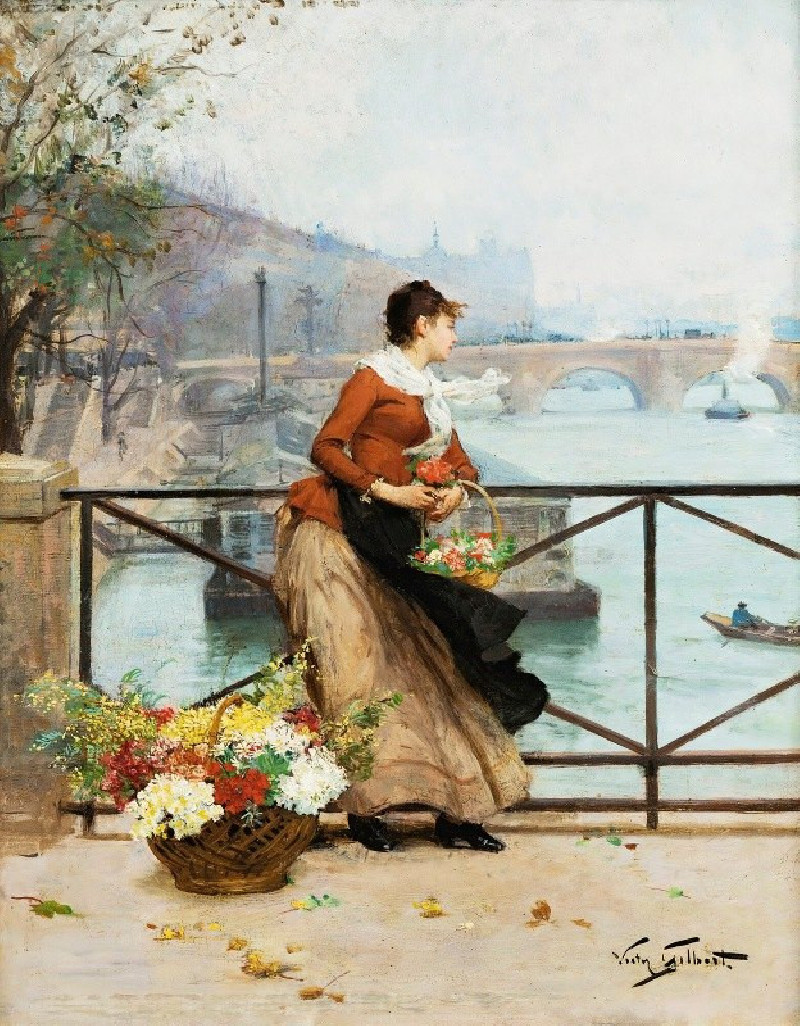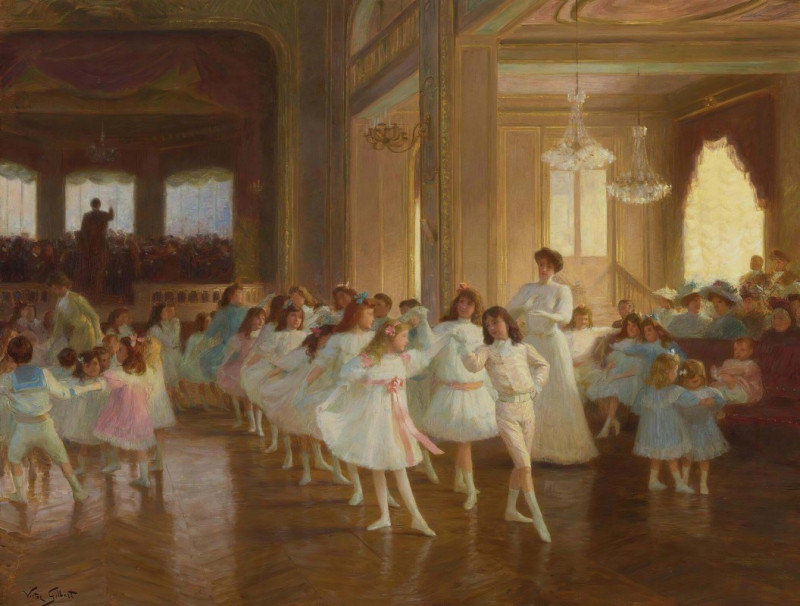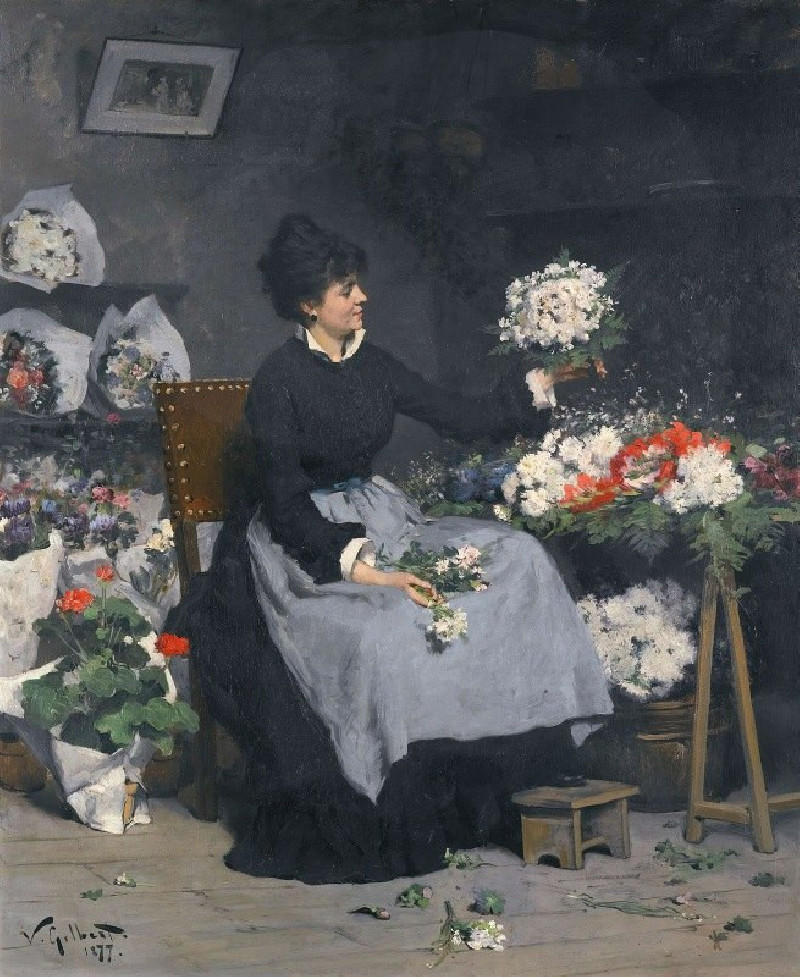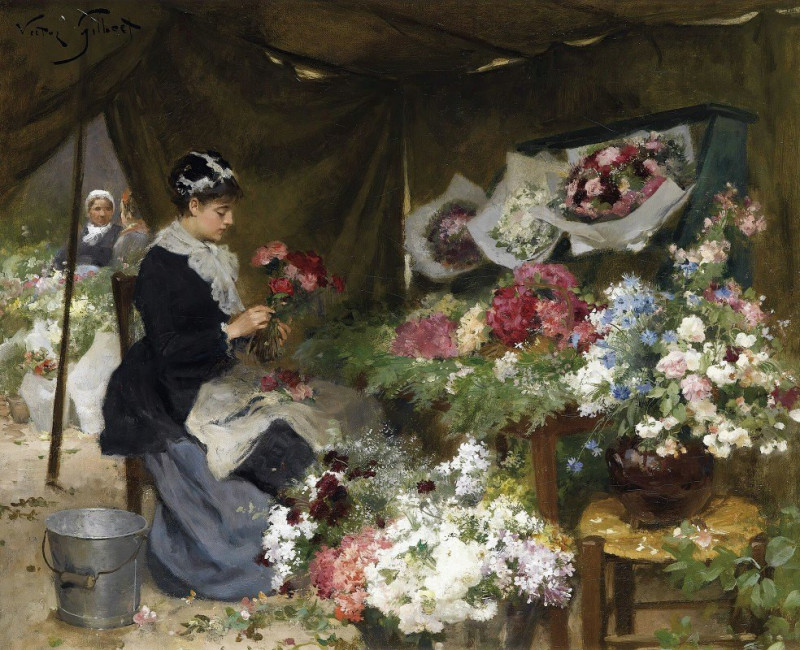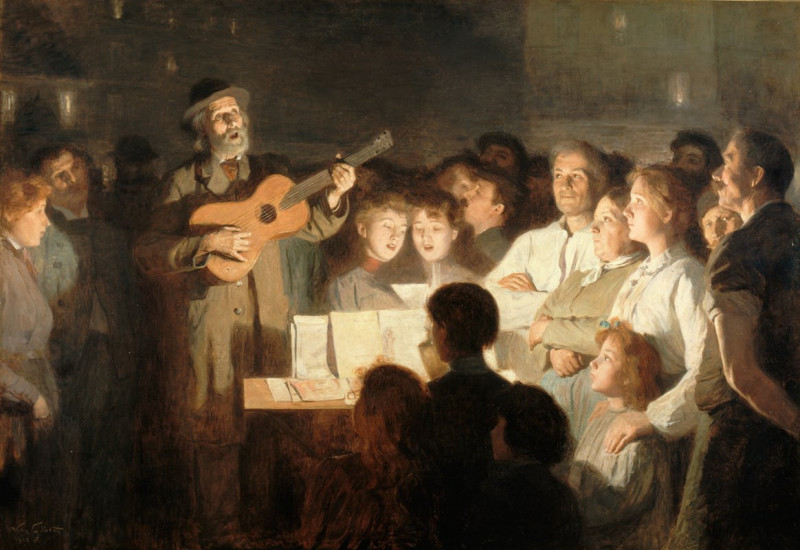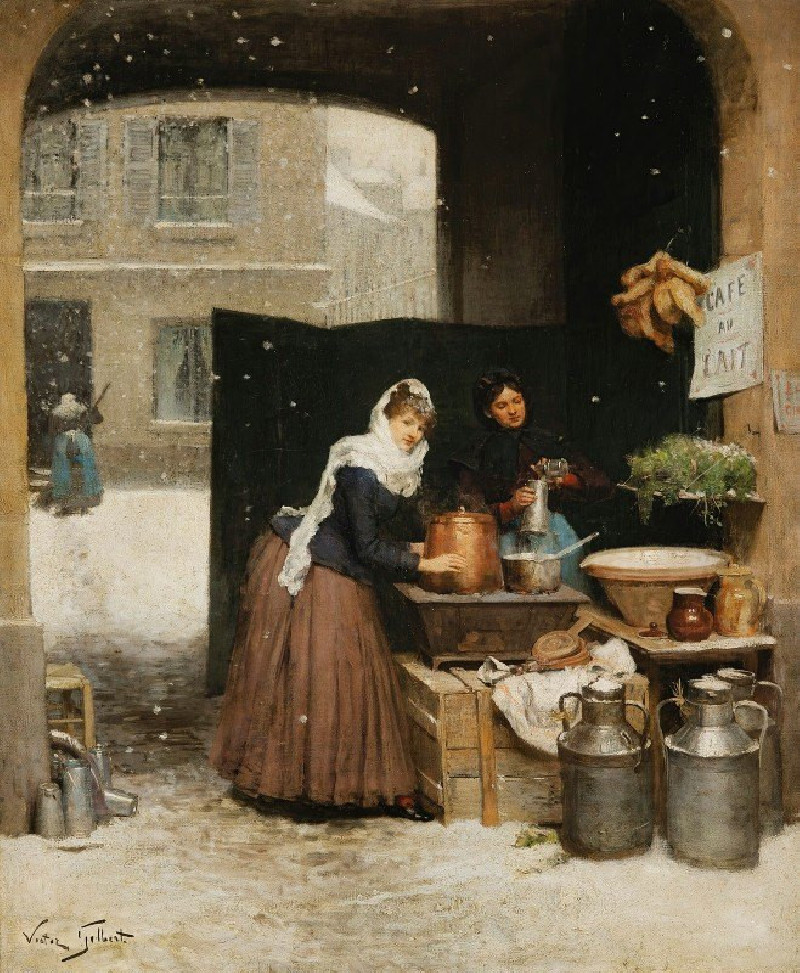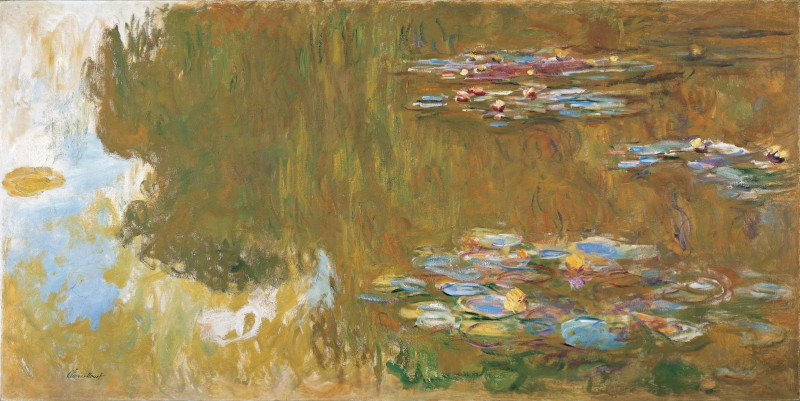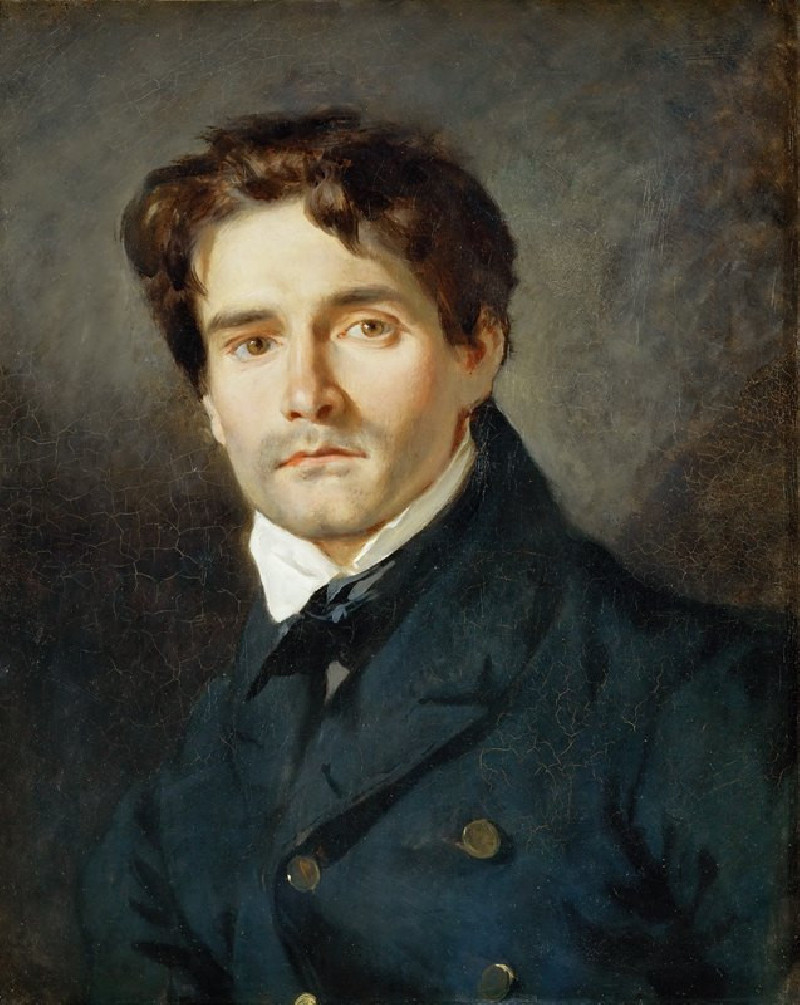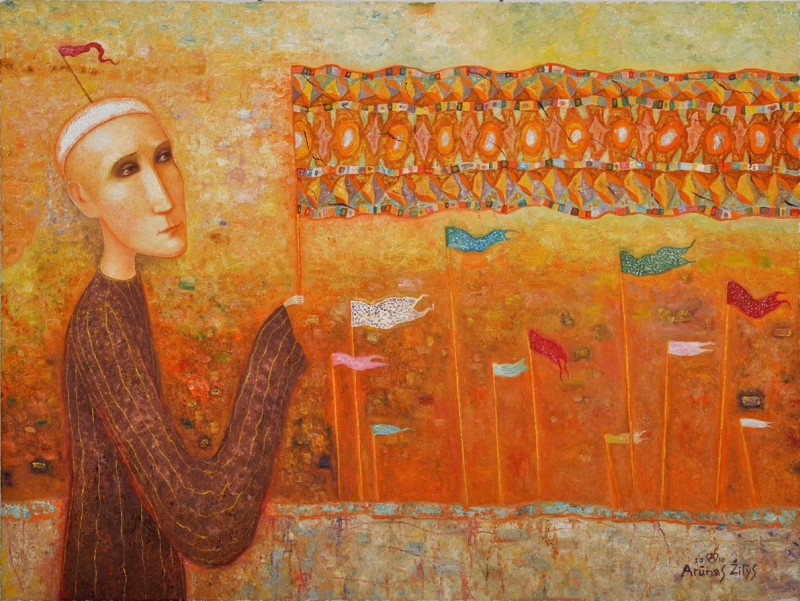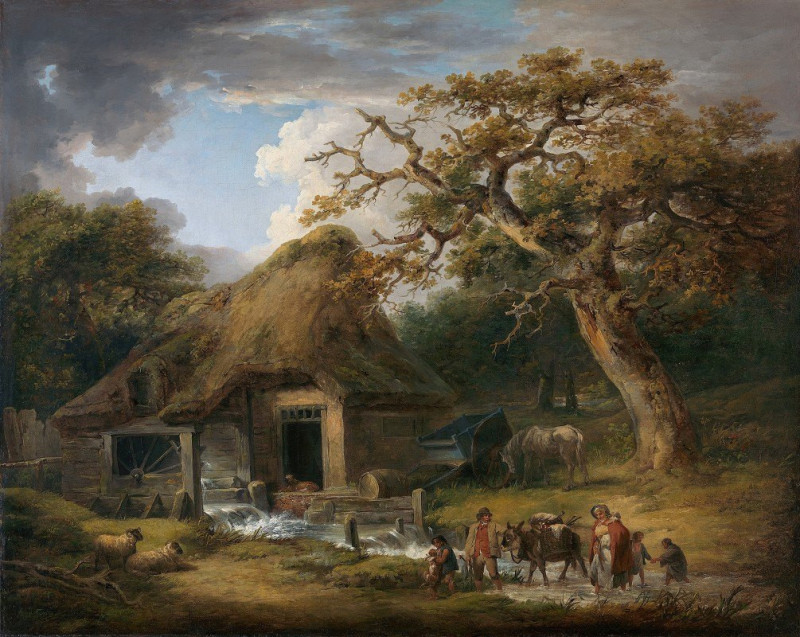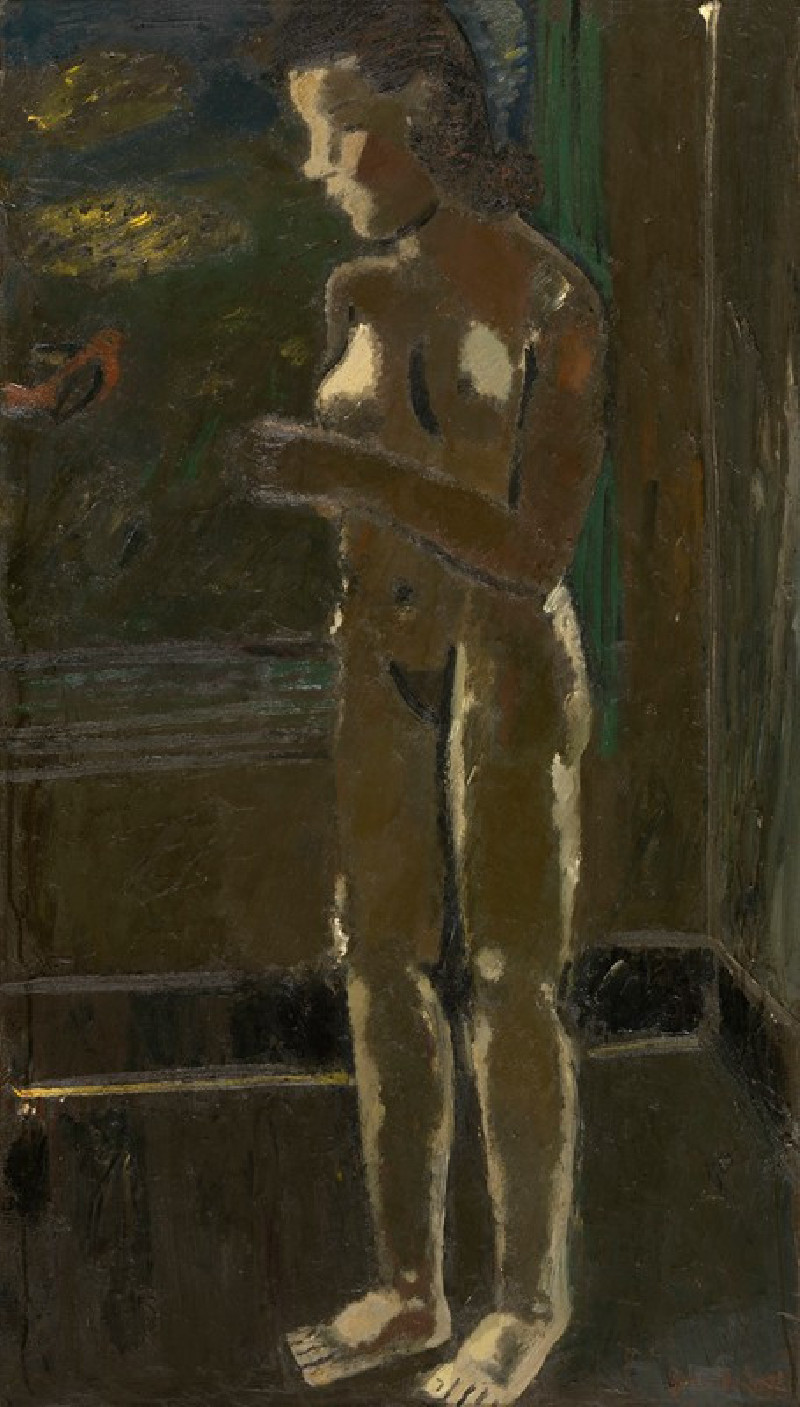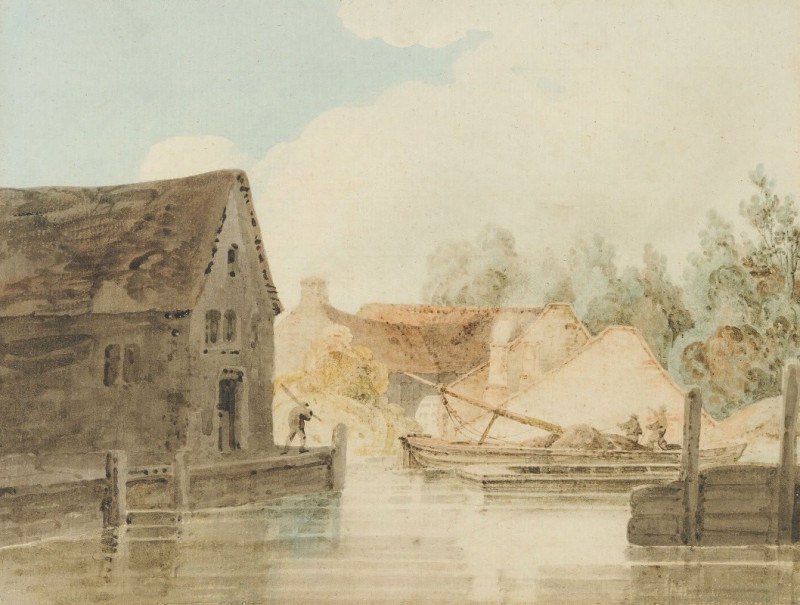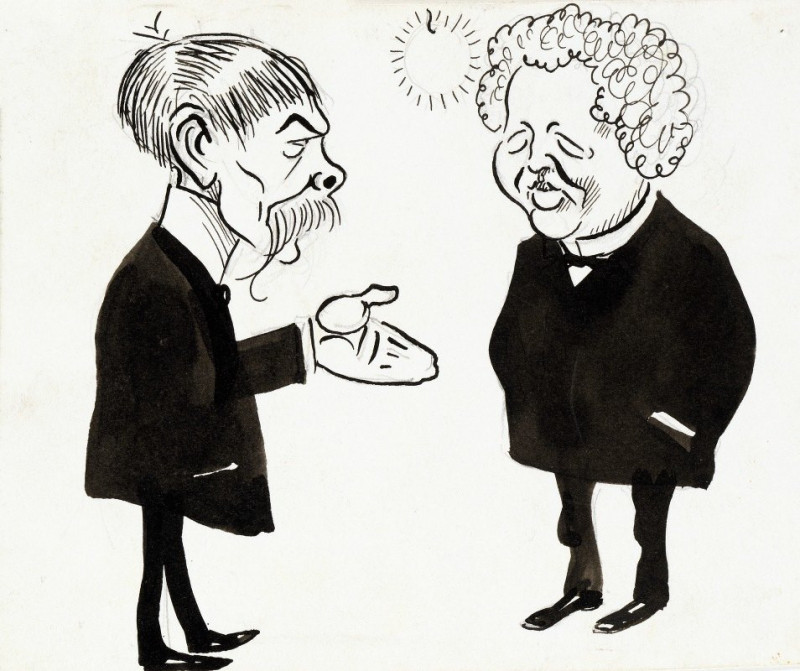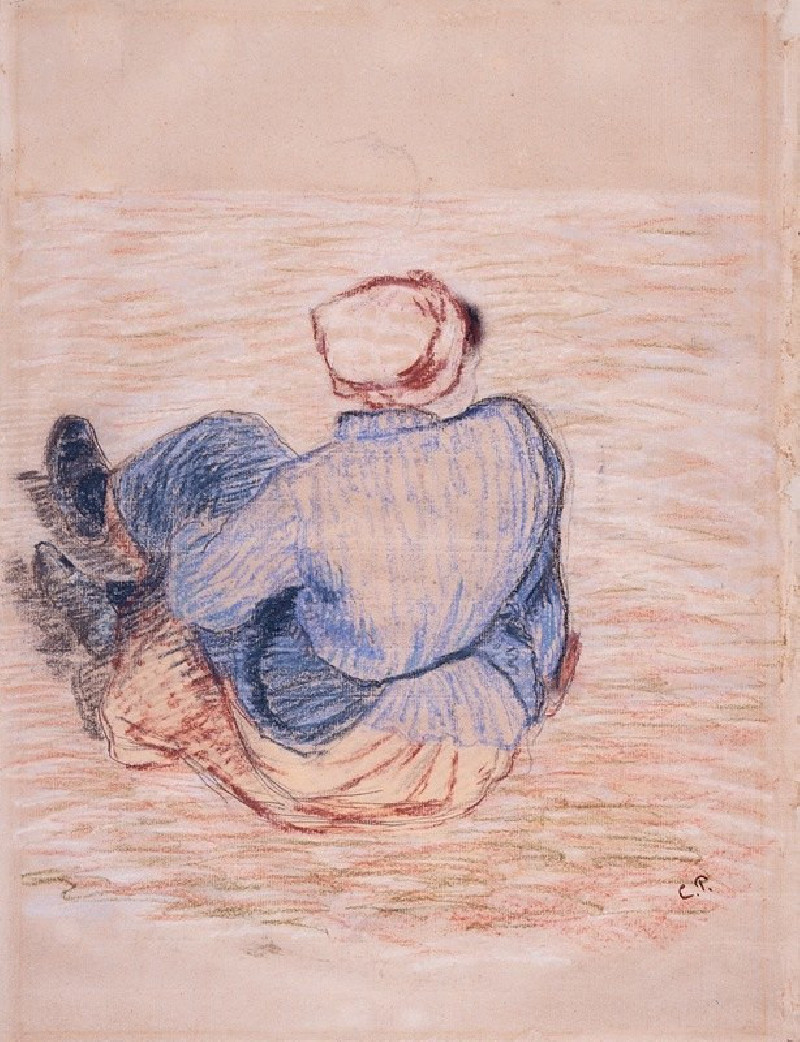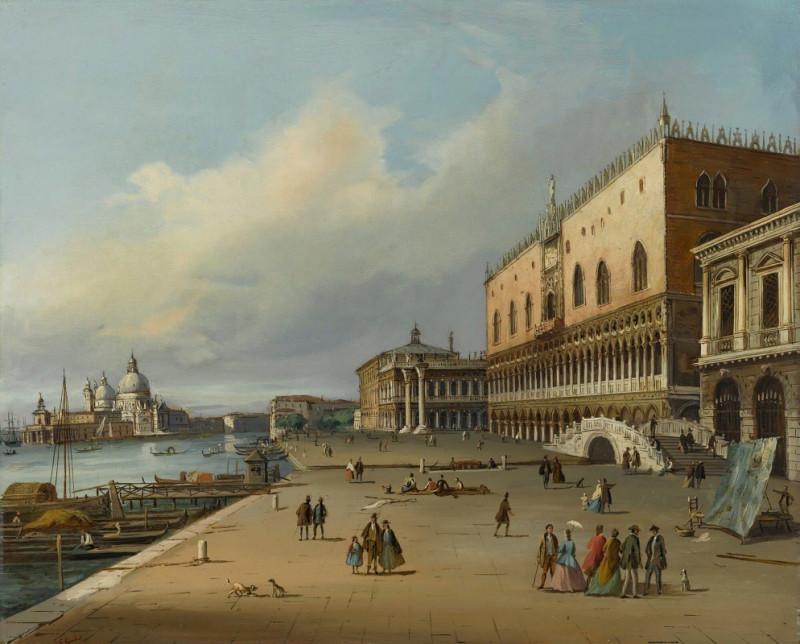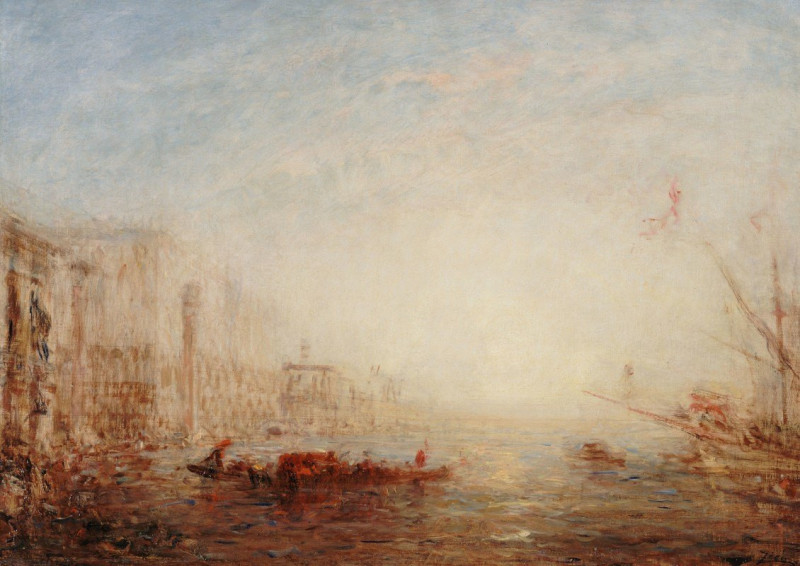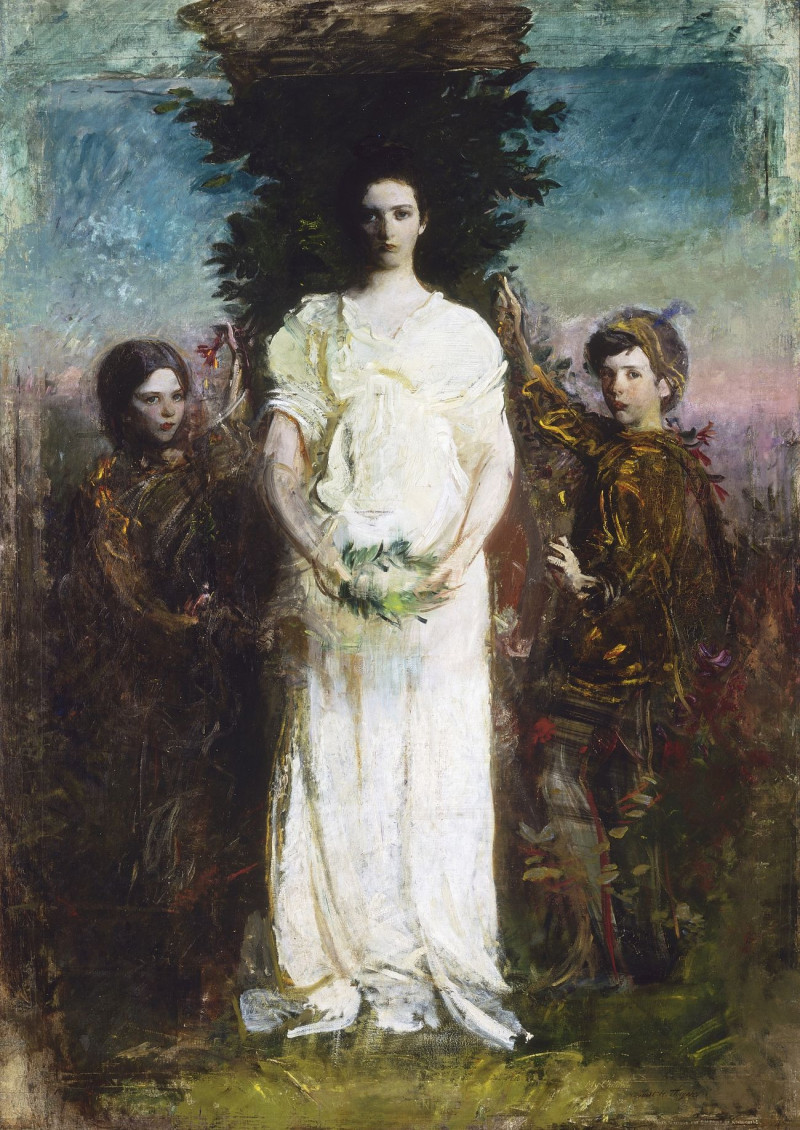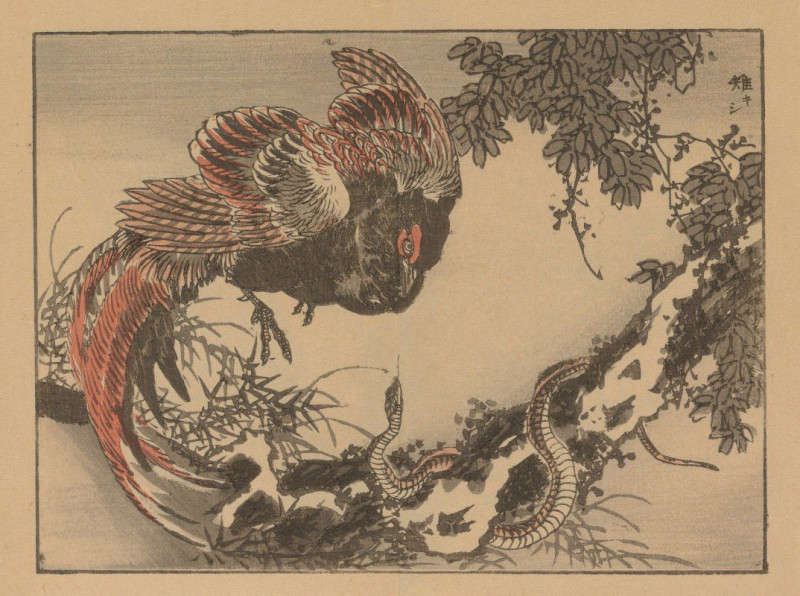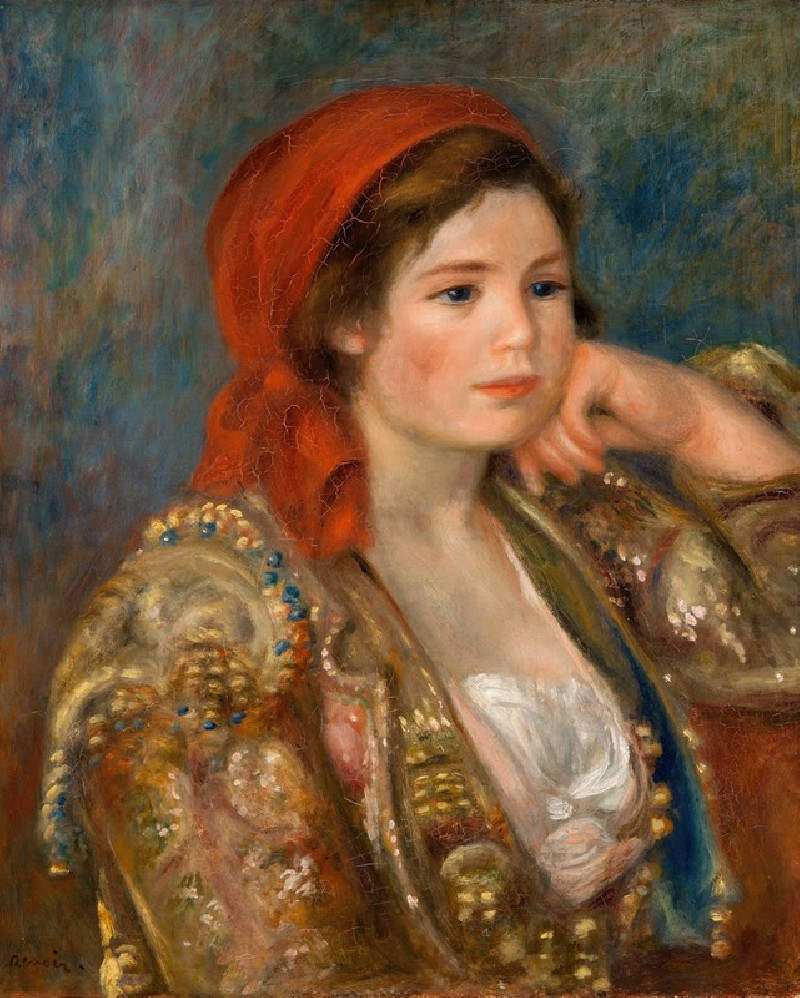The Lower Market, Paris (1881)
Technique: Giclée quality print
Recommended by our customers
More about this artwork
Discover the vibrant essence of Parisian life in Victor Gabriel Gilbert's masterpiece, 'The Lower Market, Paris', painted in 1881. This bustling scene captures the lively spirit of a typical market day in Paris, showcasing Gilbert's skill in depicting everyday activities with richness and detail.In 'The Lower Market, Paris', onlookers are drawn into a lively market scene filled with a plethora of characters, each depicted in mid-action, which adds a dynamic quality to the painting. The foreground is dominated by vendors selling a variety of flowers, adding splashes of color that brighten the canvas and draw the eye. The assortment of flowers, pots, and gardening tools creates a sense of abundant vitality.The artist pays meticulous attention to the attire of the Parisians, from the elegant dresses of the women to the more utilitarian clothes of the workers, illustrating the social stratifications of the time. A particular focal point is the interaction between individuals in the market: vendors engaging with customers, genteel ladies browsing, and children at play, each adding a layer of depth to the lively marketplace tableau.The background features the typical architecture of Parisian streets, with wide boulevards framed by uniform buildings. This setting adds a sense of place and context to the market activities, rooted deeply in the urban landscape of Paris.Victor Gabriel Gilbert has truly captured a slice of 19th-century Parisian life, conveyed through his detailed brushwork and thoughtful composition. The painting not only serves as a visual delight but also as a historical document that offers insights into the daily lives and social dynamics of Paris at the time.
Delivery
Returns
Victor Gabriel Gilbert was a French painter known mainly for his scenes of Paris. Studied with Viktor Adams (1801–1866), then with Charles Busson (1822–1908). in 1889 he was awarded a silver medal by the Societe Artistes Français, and in 1926 - Bonnat bonus.

